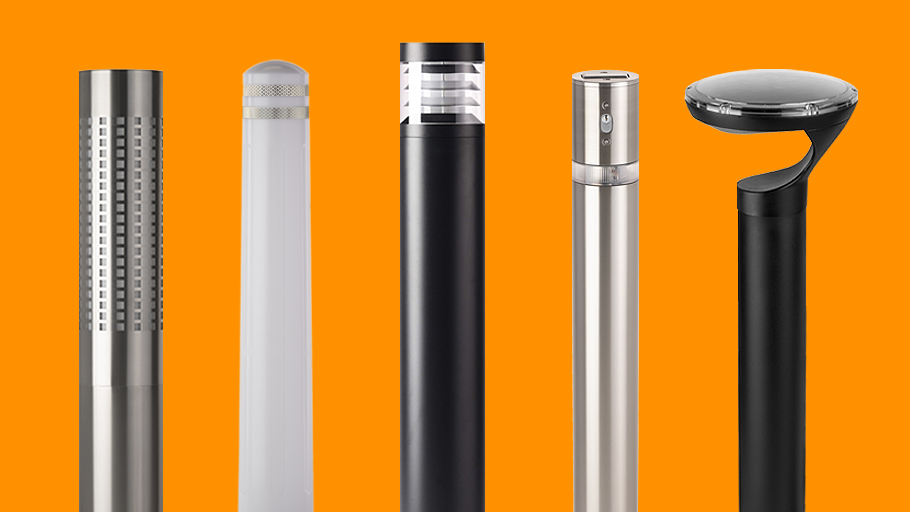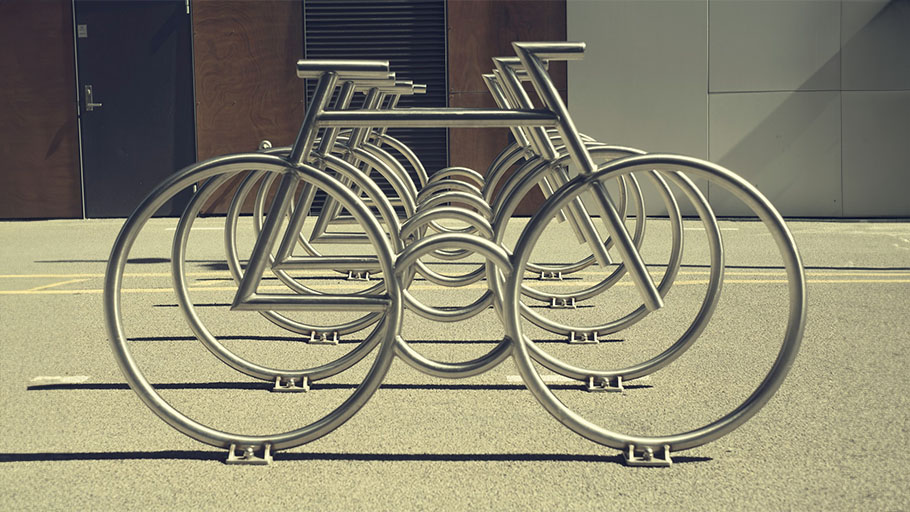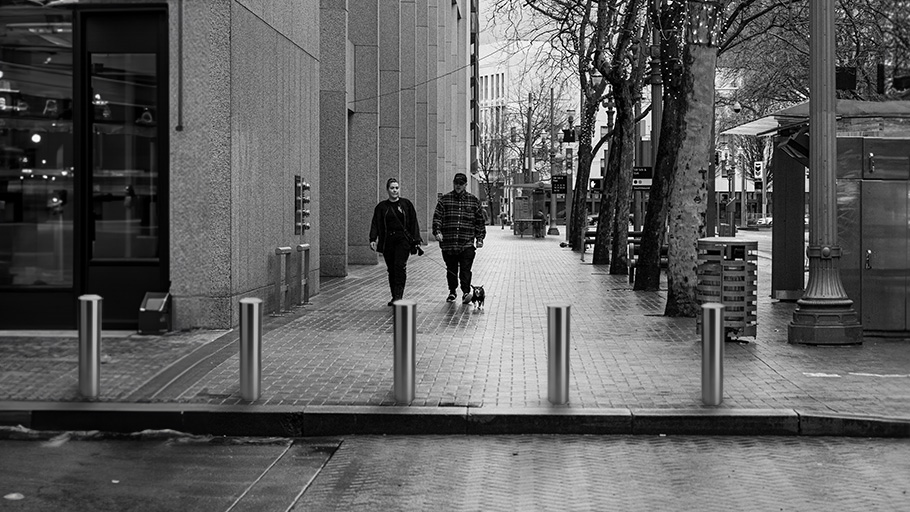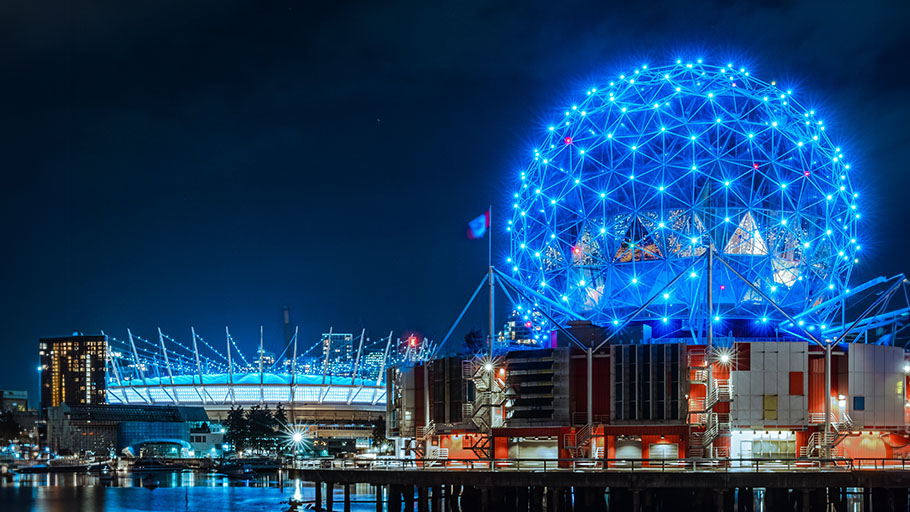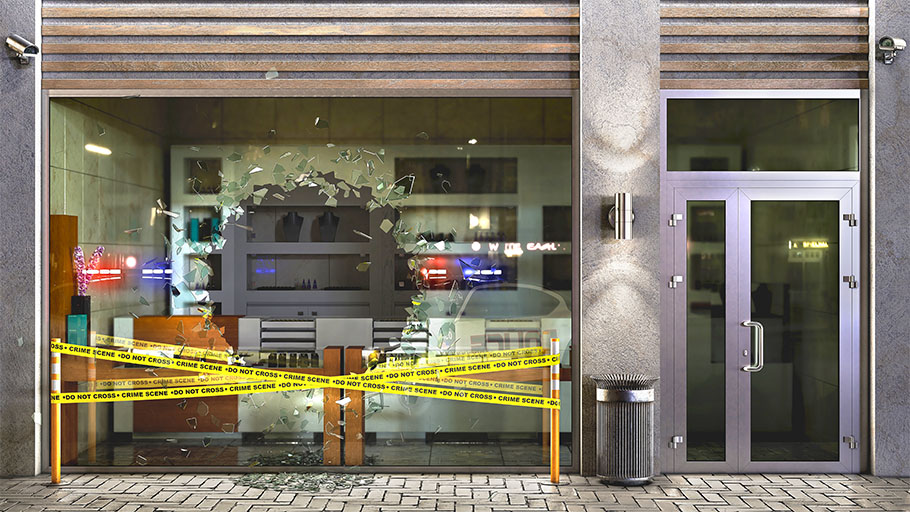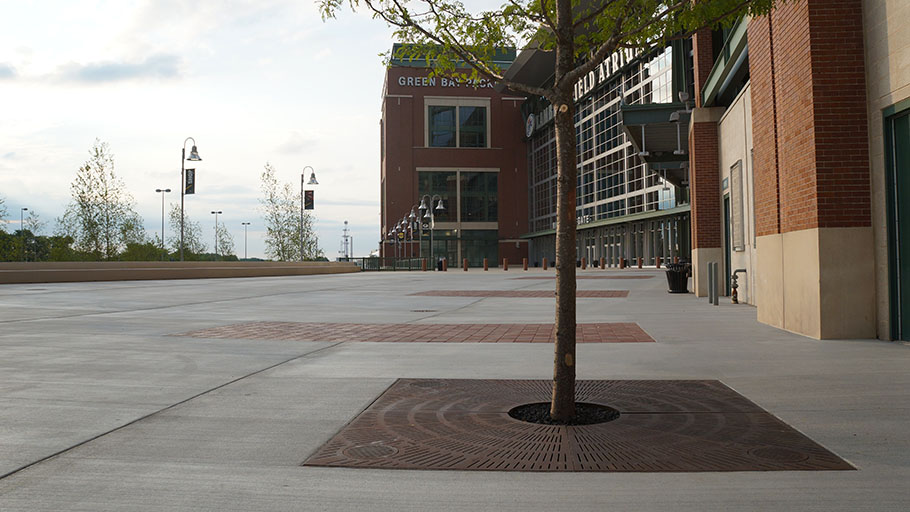Decorative accents with purpose
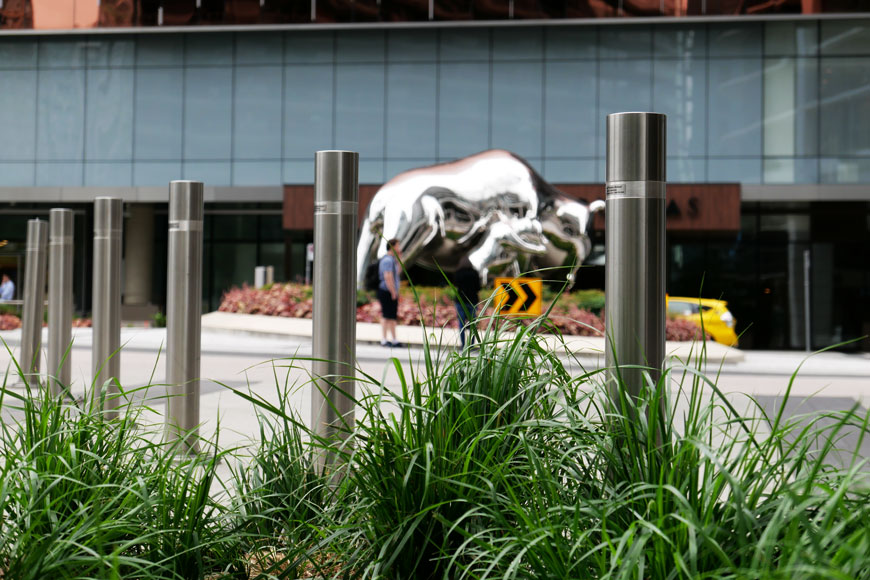
Architectural bollards define perimeters and guide traffic while adding an aesthetic complement to their surroundings. In addition to being an attractive site furnishing, their functions can include:
- Covering anti-crash bollards
- Providing pathway lighting
- Offering variable access to a space
- Supporting historical designs
- Supporting a low fence made of chains or grates
- Securing parked bicycles
Access, safety, lighting, and guidance can be provided with bollards that ornament a site design.
Customizable bollard designs
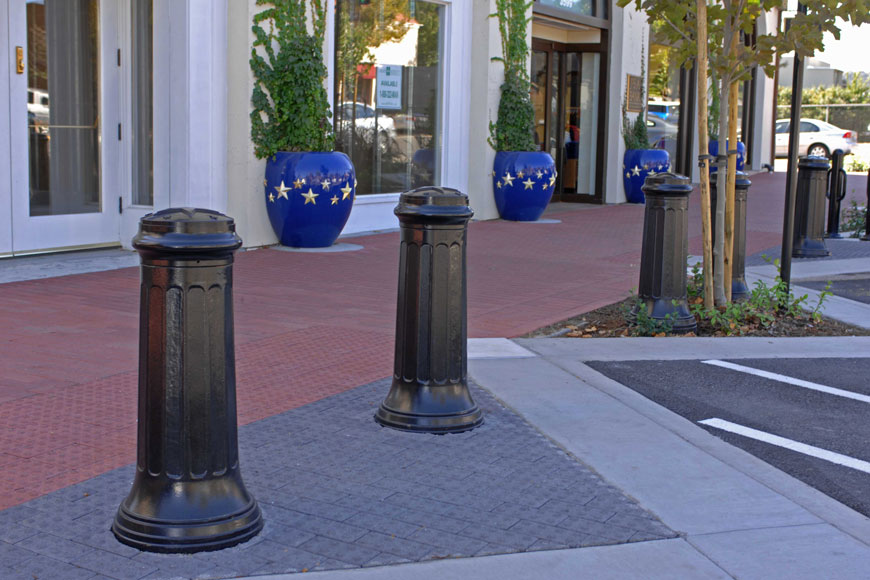
Most architectural projects are not superstar destination buildings like Big Ben in London, or New York’s Empire State Building. Instead, building codes, current best practices, and available materials set trends and provide a consistency to design. Still, each build creates a sense of place. Each project is important to the fabric of a community.
In a lot of these designs, small details end up being the distinguishing factor for users. The light, air-flow, and circulation of a site are only noted if they’re problems. It’s the cladding and decorative site elements that hint at the character of a place.
In these public spaces, unique bollards can tie an aesthetic together. A custom cap will reinforce a decorative or architectural theme. A traditional bollard design might allude to history. Stainless steel or silver powder coating will echo the look of many modern architectural plans.
Historic architectural bollards
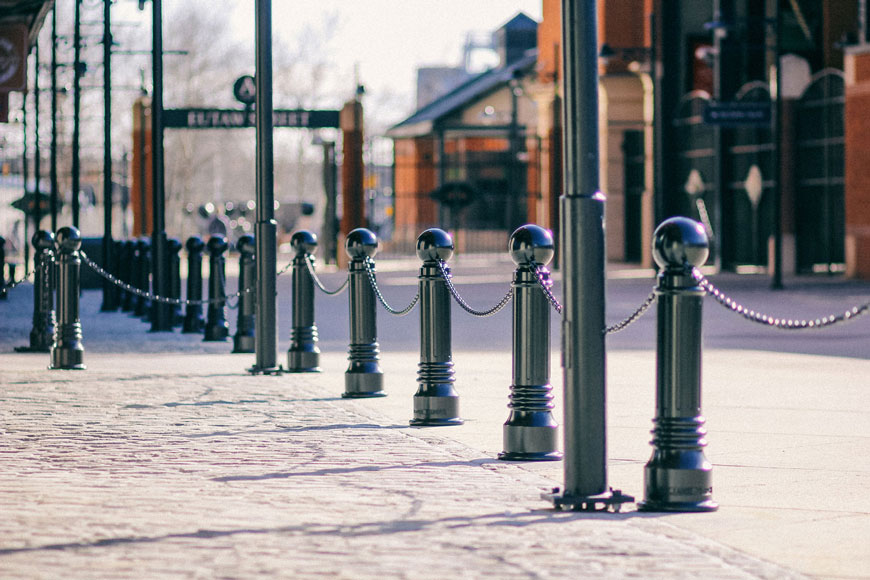
Bollards have a rich history. They started on the wharf, as nautical mooring posts. These maritime bollards are shaped to allow watercraft to tie to them. They usually have either pegs off the sides of the bollard, or a curved, hourglass shape.
Then, in the 17th century, bollards moved inland. Spent cannons were buried as traffic posts and decorative accents. These buried cannons had mountings and shapes that reminded people of the bollards on the wharf.
From these roots, foundries began to produce a variety of small cast bollards that drew from the history of larger cannon and marine bollards. Using those base models, the style and ornamentation of post designs proliferated.
Buildings with a lot of stonework used small cast bollards to help protect them from carriage wheels and other scrapes. These shapely cast pieces became a common accent to classical architecture. Later, they became a common accent to the red brick architecture of New England.
For sites looking to allude to these rich historical or nautical styles, there are bollards available that capture the look and feel of many different eras and locations.
Modern architectural bollards
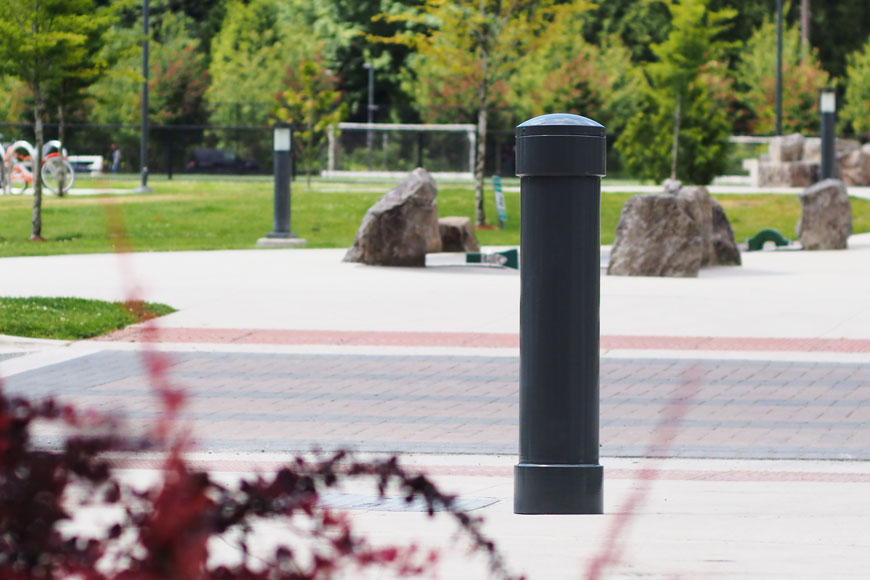
Contemporary architectural bollards are also available for installations where historic traffic posts would be too formal. These can be chosen in stainless steel, or in a variety of powder coating colors, depending on whether the bollards should stand out or blend in. With sleek, geometric shapes, these posts still may feature ornamentation in caps or bases. They can be customized for function and form.
Simple columnar bollards are the standard for retractable installations. Retractable bollards are unlocked and lowered into a below-grade receptacle, to offer options for variable vehicle access. Their sleek and slender look has become popular even for non-retractable installations.
Attractive, functional site elements
To create spaces where people want to be, planners choose site elements that embrace both form and function. For example, gardens are increasingly functional: these days, they are planted and sloped to act as bioswales. Sidewalks are built with attractive permeable hardscape like tree grates and cobblestones to allow groundwater replenishment. Architectural bollards are another site element that can be chosen to support both a site’s functional needs and its unique look.

